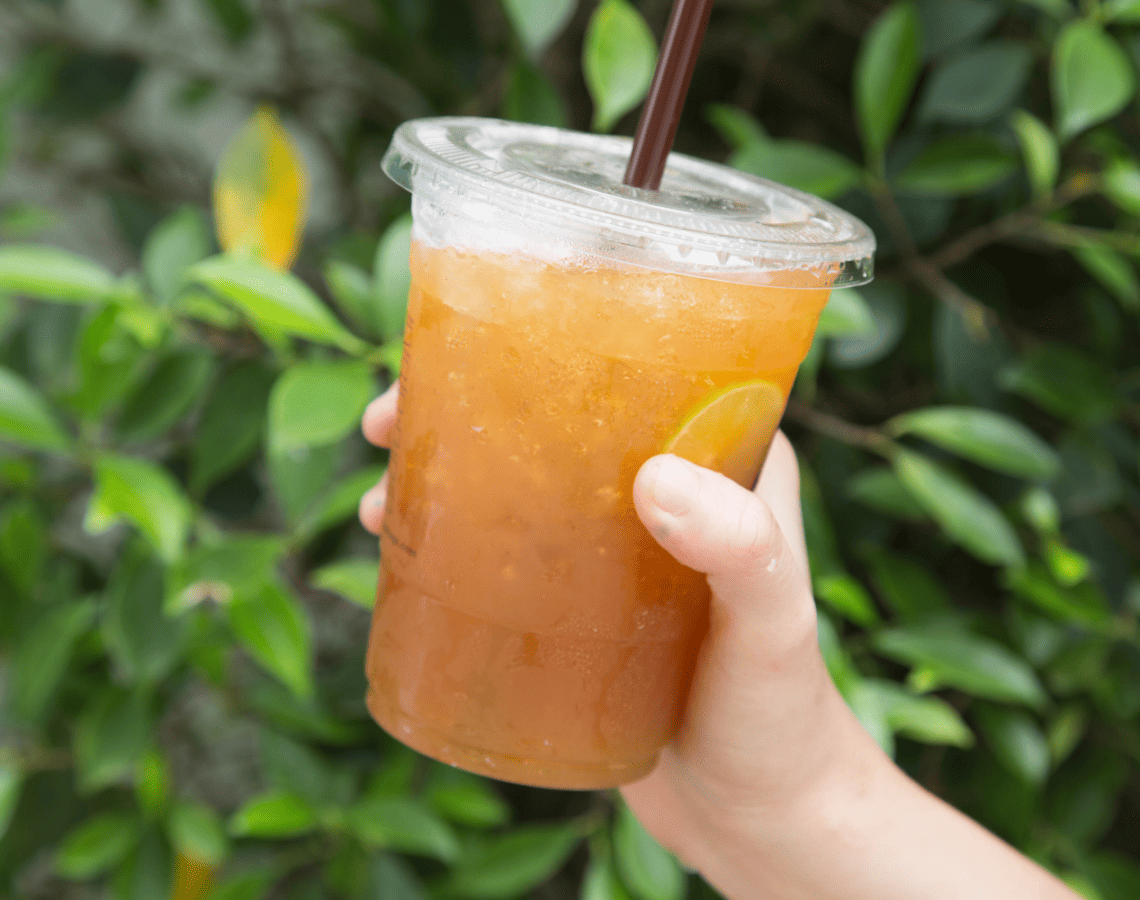The sugar-coated truth: How to reduce your sugar intake

Our understanding of sugar, its health implications, and why it’s a concern continues to grow. But how do we ensure we’re keeping our sugar intake in check? In this blog, we delve into the dangers associated with sugar, especially in sugary drinks, and offer practical advice on how to manage your sugar consumption effectively.
The sweet truth about sugar.
The food and drink we consume each day provides our bodies with the energy and nutrients it needs to function, repair and grow. The Australian Dietary Guidelines advises that our daily dietary intake should include a variety of ‘everyday foods’ from the 5 food groups, including wholegrain bread and cereals, a variety of fruit and vegetables, a selection of low-fat dairy or dairy alternatives, as well as lean meats or meat alternatives. In doing this, we provide our bodies with the vast majority of ‘good nutrients’ it needs each day to function at its best.
The term ‘discretionary foods’ is commonly used to describe food and beverages that lie outside the 5 food groups. These items are intended for occasional and modest consumption due to their often high sugar, salt, or saturated fat content, which, when overindulged, can negatively impact overall health and wellness.
Soft drinks and other sugar-sweetened beverages firmly fall into this category, with a single 250ml can containing as much as 8 teaspoons of sugar, exceeding 65% of the recommended daily sugar intake for an entire day.
Why should you care?
One might question, ‘What’s the big deal? A soft drink here and there can’t hurt.’ While 1 soft drink might not be a major issue, consistent consumption could be impacting your health. Did you know that women who consume 2 or more sugar-sweetened beverages a day are at a significantly higher risk for heart disease, type 2 diabetes, and obesity?[2]
Sugary drinks, in particular, can lead to accidental high sugar consumption. They fail to satisfy your body’s hunger and thirst cues, often leaving you wanting more. Consequently, individuals tend to increase their consumption. They also pose a significant threat to our dental health. Those who regularly indulge in soft drinks are at a heightened risk of tooth decay and related illnesses.
The hidden culprits
So which drinks should we look out for to avoid hidden sugar?
- Soft drinks – Packed with sugar and high energy, these are a double whammy for your health.
- Iced teas – Many commercial brands are sugar-laden, turning a potentially healthy drink into a harmful one.
- Fruit juices – While fruits are nutritious, fruit juices can have as much sugar as soft drink. Always opt for the 100% fruit juice with no added sugar as some fruit juices are reconstituted and have additional added sugars.
- Sports drinks – Marketed as ‘health drinks,’ they are usually extremely high in sugar, artificial colours, and preservatives.
- Energy drinks – These are also packed full of sugar and other additives that can affect your cardiovascular health.
How to make the change
Cutting back on sugary drinks is an easy way to reduce your overall sugar consumption, and it can be quite an easy habit to kick! Here are some of our top tips.
- Identify triggers – The first step in any behaviour change is awareness. Keep a ‘drink diary’ for a week to track what, when, and why you’re consuming sugar sweetened beverages. You might find you are drinking more than you think.
- Find alternatives – Opt for water, sparkling water, or unsweetened herbal teas. You can also infuse water with fruits for a burst of natural flavour.
- Plan ahead – If you know you’ll be tempted to purchase sugary drinks, bring your own beverages or water bottle containing the healthy alternatives above. Most retail spaces won’t mind if you BYOB—Bring Your Own Beverage!
- Treat, don’t cheat – Save sugar-sweetened beverages for special occasions, and even then, opt for a smaller serving size.
- Team work – Changing a habit is always easier when you have a tribe. Talk to your friends and your family to help focus on making healthier lifestyle choices.
- Understand the label – One of the best ways to understand the sugar in the drinks you consume is to check the label on the packet. If the sugar content per 100g/100mL is more than 15g, this is considered high in sugar. So, pay attention to serving sizes and the amount of sugar per serving.
Drinking sugar-sweetened beverages can be a hard habit to kick. But when you consider the incredible benefits of reducing your sugar intake— more energy, better oral health, lower risk of chronic diseases—it becomes a small sacrifice for a much bigger reward.[1]
References
- Gillespie, K. M., Kemps, E., White, M. J., & Bartlett, S. E. (2023). The impact of free sugar on human health—A narrative review. Nutrients, 15(4), 889. https://doi.org/10.3390/nu15040889
- National Health and Medical Research Council [NHMRC]. (2013). Australian Dietary Guidelines Educator Guide. Eat for Health Educator Guide. https://www.eatforhealth.gov.au/guidelines


